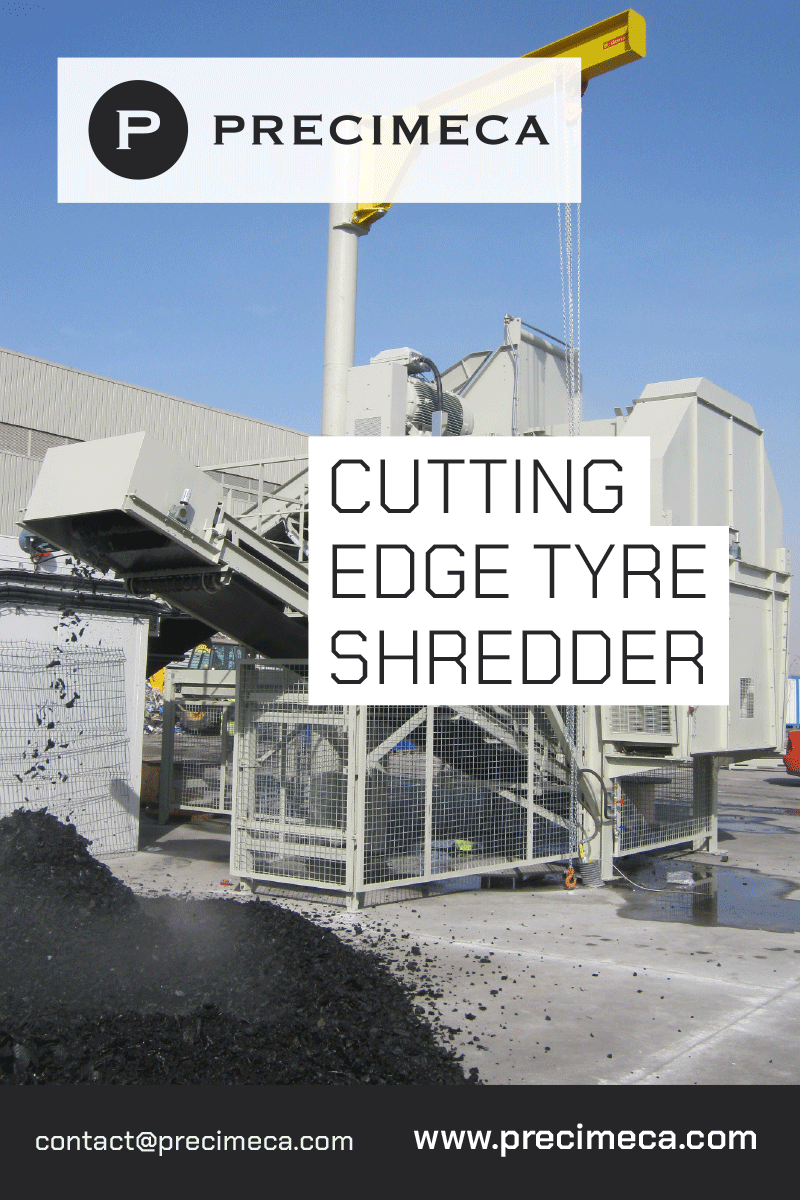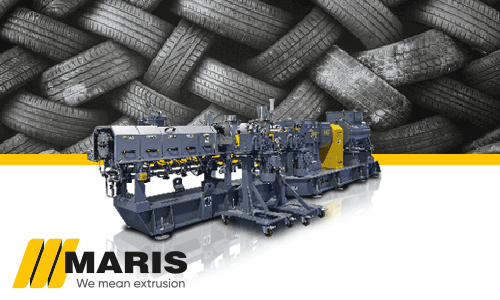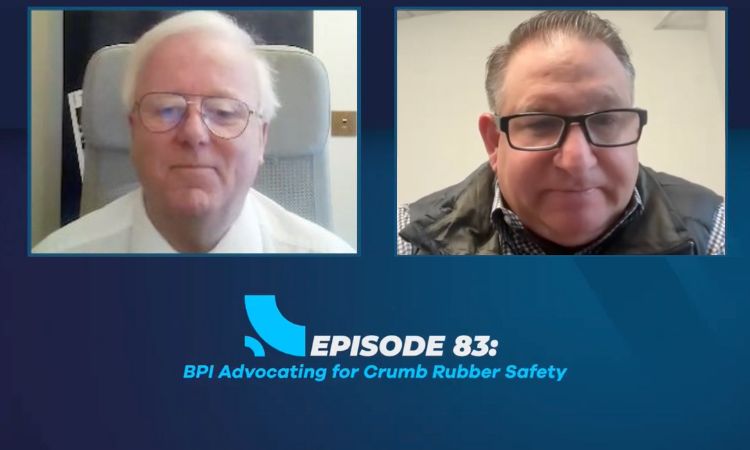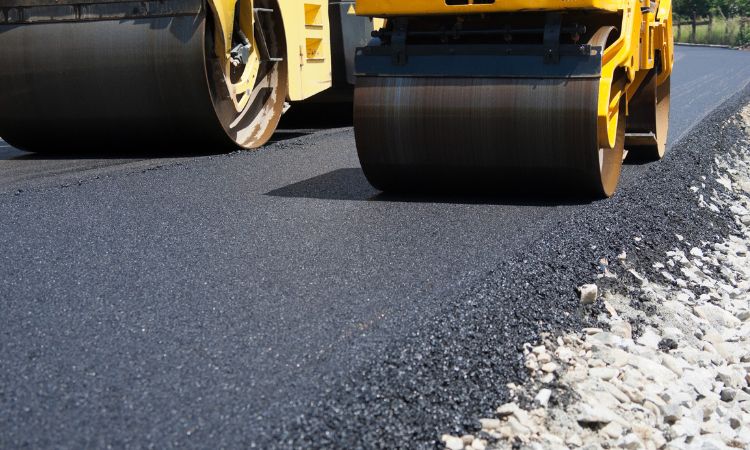Weibold Academy: The role of pyrolysis oil in sustainable plastic waste management
Weibold Academy article series discusses periodically the practical developments and scientific research findings in the end-of-life tire (ELT) recycling and pyrolysis industry.
These articles are reviews by Claus Lamer – the senior pyrolysis consultant at Weibold. One of the goals of the review is to give entrepreneurs in this industry, project initiators, investors and the public, a better insight into a rapidly growing circular economy. At the same time, this article series should also be a stimulus for discussion.
For completeness, we would like to emphasize that these articles are no legal advice from Weibold or the author. Please refer to the responsible authorities and specialist lawyers for legally binding statements.
Introduction
Recent debates have questioned chemical recycling technologies' environmental effectiveness and practicality, mainly the production and use of pyrolysis oil derived from plastic waste. Critics argue that pyrolysis oil might exacerbate ecological problems rather than solve them, claiming that chemical recycling does not represent true recycling and potentially undermines broader waste reduction initiatives. However, evidence-based analyses indicate that these technologies, particularly pyrolysis, play a significant and beneficial role when implemented responsibly.
Environmental Impact of Pyrolysis Oil
Pyrolysis involves heating plastics in an oxygen-free environment to produce oil that can be refined into fuels or feedstock for new plastics. A comprehensive life-cycle assessment (LCA) conducted on a pyrolysis plant in Spain revealed substantial environmental benefits compared to traditional disposal methods. Specifically, producing one liter of pyrolysis oil emitted approximately 0.032 kg of CO₂-equivalents, significantly lower than conventional fossil fuel production. Moreover, pyrolysis outperformed incineration and landfilling across nearly all environmental impact categories, potentially saving 3.85 metric tons of CO₂ per ton of processed plastic waste [1].
The European Commission’s Joint Research Centre (JRC) similarly endorses pyrolysis as environmentally favorable relative to incineration, especially considering ongoing improvements to the electricity grid's greening, further widening the environmental advantage [2]. Furthermore, pyrolysis uniquely addresses plastic waste streams unsuitable for mechanical recycling, such as contaminated or multi-layered plastics, constituting a substantial portion of municipal waste [3]. Modern technological advancements, including catalytic purification processes, significantly improve pyrolysis oil's purity, effectively reducing contaminants like chlorine and heavy metals [4].
Chemical Recycling as Genuine Recycling
Some argue that chemical recycling, including pyrolysis, does not constitute genuine recycling, mainly when its outputs are used merely as fuel rather than material recovery. Yet, current practices in advanced chemical recycling primarily target the production of new polymer materials rather than fuel. For example, pyrolysis processes convert waste plastics into petrochemical feedstocks, such as naphtha, directly feeding into new polymer production, thereby satisfying widely accepted definitions of recycling [5].
A notable analysis by the Waste and Resources Action Programme (WRAP) endorsed by the UK government explicitly categorizes chemical recycling as genuine, provided its outputs replace virgin materials. This stance is supported by international regulatory frameworks, including the European Commission’s guidelines, which define recycling to exclude energy recovery but include chemical processes returning materials to their original form [5].
Advanced chemical recycling also yields recyclates of a quality comparable to virgin materials, a feat challenging to achieve through conventional mechanical recycling. The U.S. Government Accountability Office (GAO) underscores chemical recycling's capacity to produce high-quality plastics suitable for sensitive applications like food packaging, meeting regulatory standards typically unattainable through mechanical recycling due to contamination and polymer degradation issues [6].
Impact on Waste Reduction Efforts
Concerns persist that chemical recycling could weaken waste reduction efforts by offering a perceived solution that might justify continued plastic production. However, evidence suggests that chemical recycling technologies, including pyrolysis, complement rather than compromise broader waste reduction and recycling efforts. The European Commission identifies chemical recycling as a critical part of its integrated waste management strategy, particularly for plastics that cannot be effectively reduced, reused, or mechanically recycled [2].
Strong regulatory measures simultaneously ensure transparency and accountability, limiting the risk of chemical recycling and undermining broader sustainability goals. For instance, France's proposed stringent "end-of-waste" criteria for pyrolysis oil set high purity and environmental safety standards to avoid potential misuse or misrepresentation of chemical recycling practices [7].
Furthermore, the European Commission has recently approved a significant €500 million funding scheme in France dedicated specifically to chemical recycling projects. This substantial investment highlights the European Union’s strategic commitment to scaling up chemical recycling infrastructure, reinforcing its crucial role in achieving circular economy goals and addressing plastic waste issues at a national and regional level [8]. The UK’s mass balance accounting framework also ensures that chemically recycled content accurately reflects genuine recycling efforts, not merely creative accounting [5]. Such policy measures mitigate risks associated with chemical recycling and reinforce its role in achieving overall recycling targets and reducing dependency on virgin plastic production.
Conclusion
Rigorous scientific research and authoritative policy analyses demonstrate that chemical recycling, particularly pyrolysis-based technologies, offers genuine and substantial benefits within comprehensive plastic waste management strategies. By significantly reducing greenhouse gas emissions, effectively recycling challenging waste streams, and producing high-quality recycled materials, chemical recycling constitutes a crucial component in the transition toward a circular plastics economy.
Effective chemical recycling implementation requires ongoing technological innovation advancements, stringent regulatory oversight, and transparent accountability mechanisms. When managed responsibly, chemical recycling complements and actively strengthens broader sustainability and waste reduction goals, ensuring its integration as a viable, environmentally sound solution to global plastic waste challenges.
References
- [1] López, G., Artetxe, M., Amutio, M., Bilbao, J., & Olazar, M. (2017). Recent advances in the gasification of waste plastics. MDPI Sustainability, 10(1), 113. https://doi.org/10.3390/su10010113
- [2] European Commission Joint Research Centre (JRC). (2022). Chemical recycling of plastic waste: Issues and perspectives. Publications Office of the European Union. https://doi.org/10.2760/24035
- [3] Tullo, A.H. (2020). Plastic has a problem; is chemical recycling the solution? Chemical & Engineering News, 98(39). Available online: https://cen.acs.org/environment/recycling/Plastic-problem-chemical-recycling-solution/98/i39
- [4] BASF. (2022). Catalysts and adsorbents for purification of pyrolysis oils from plastic waste. Packaging Europe. Available online: https://packagingeurope.com/news/basf-launches-puricycle-catalysts-and-adsorbents-for-purification-of-pyrolysis-oils/8901.article
- [5] Waste and Resources Action Programme (WRAP) & Department for Environment, Food & Rural Affairs (DEFRA). (2021). Chemical recycling – a review of current status and future developments. Available online: https://wrap.org.uk/resources/report/chemical-recycling-review-current-status
- [6] U.S. Government Accountability Office (GAO). (2021). Advanced recycling technologies: Environmental and economic benefits, challenges, and policy considerations. GAO-21-105317. Available online: https://www.gao.gov/products/gao-21-105317
- [7] French Ministry for Ecological Transition. (2022). Proposed End-of-Waste Criteria for Pyrolysis Oil from Plastic Waste. Available online: https://www.ecologie.gouv.fr/criteres-fin-statut-dechet-huiles-pyrolyse
- [8] European Commission. (2022). European Commission approves €500 million French support scheme for chemical recycling. Available online: https://ec.europa.eu/commission/presscorner/detail/en/IP_22_2801
Weibold is an international consulting company specializing exclusively in end-of-life tire recycling and pyrolysis. Since 1999, we have helped companies grow and build profitable businesses.











